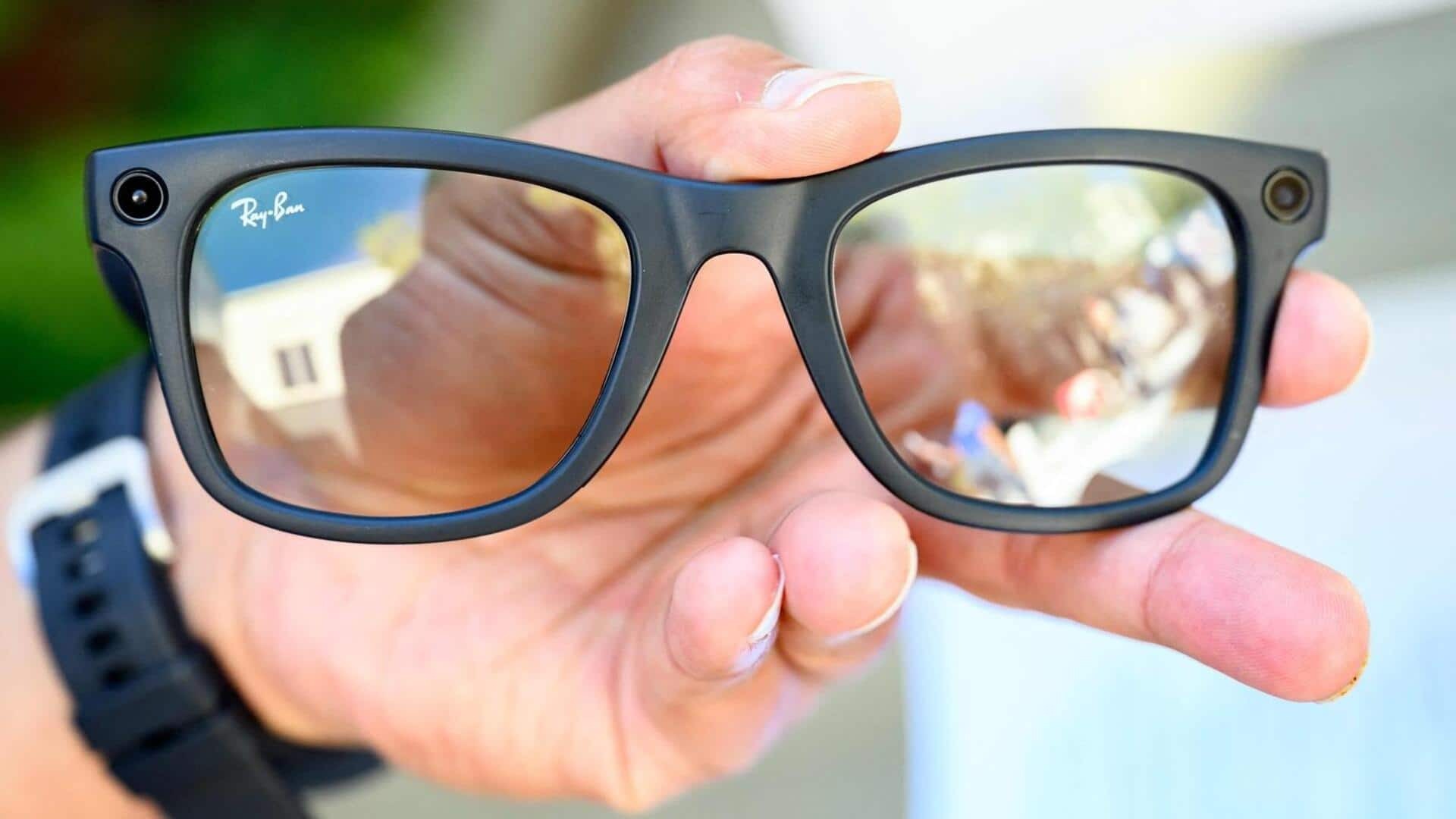Mark Zuckerberg is doubling down on augmented reality, and this time, Meta’s coming for your face with their new “Hypernova” AR glasses. These aren’t just another pair of camera-equipped sunglasses—they’re packing some serious tech that might finally make AR feel less like a gimmick and more like something you’d actually wear.
What’s Under the Hood?
- A screen, but make it subtle: A tiny display tucked into the bottom-right corner of the lens will show notifications, photos, and even Google Maps directions—so you can pretend you’re not lost while secretly checking your phone’s GPS.
- Better camera, better selfies: The Hypernova’s upgraded camera sensor promises sharper shots than Meta’s previous collab with Ray-Ban, meaning your Instagram stories might finally look like they weren’t taken on a potato.
- Price tag that hurts: The base model starts at 1,000USD,1,400USD. Yeah, that’s more than some laptops—but hey, at least you’ll look like a cyberpunk extra while wearing them.
The Catch? Software Might Be Clunky
Meta built a whole new OS for these, complete with a home screen and app drawer. Sounds slick, right? Well, if you’re not team iPhone or Pixel, you might hit some snags. The Meta View app (which ties everything together) could struggle on non-Meta-friendly phones, leaving Android users in the lurch.
When Can You Get Them?
Mark your calendars for September 17-18, 2025—that’s when Meta’s Connect conference will spill all the details. Rumor has it Zuck’s betting big on these to push AR into the mainstream, but let’s be real: convincing people to drop four figures on glasses that aren’t prescription might be his toughest sell yet.
Why This Matters
Meta’s been chasing the AR dream for years, and Hypernova feels like their most serious shot yet. If they nail it, we could be looking at the first AR glasses that don’t make you look like a Google Glass reject. If they flop? Well, at least they’ll be a pricey conversation starter.
So, would you rock these—or is this just another tech toy for the Silicon Valley crowd? Either way, the future of wearables is about to get a lot more interesting.

